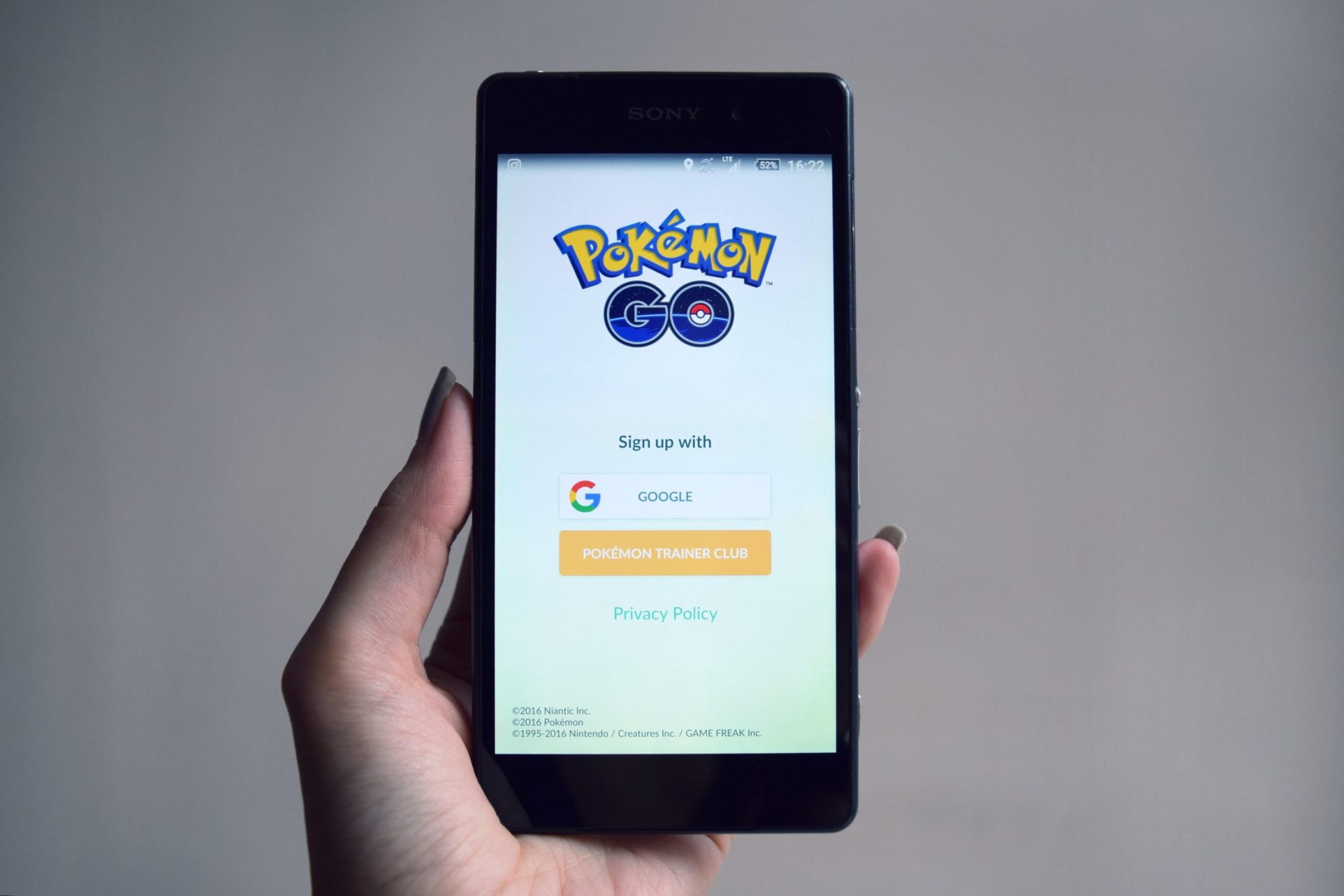Nostalgic Marketing

Nostalgic marketing: why does it work?
Under “nostalgia“, the Treccani.it site reads: “A keen desire to return to live in a place that was a habitual residence, and is now far away […]. By extension, a melancholy mood, caused by the desire of a distant person (or of one that is no longer alive) or of a thing no longer possessed, by the longing for past conditions, by the aspiration to a state different from the current one, that is still far away. ”
Nostalgia is a powerful feeling, but one with undefined contours: it is a feeling of yearning that leads to pine for a lost time and remember it as happier than the present. Also thanks to the latest neuro-marketing studies, marketers are aware of the power of emotions and know that tapping into memories (collective and personal) is an effective tactic to create engagement, both among Millennials, namely the generation born between the early ‘80s and 2000, and among those born of the ‘60s and ‘70s (the so-called Generation X). This is where the definition of nostalgic marketing is born; that is, marketing that leverages characters, moods, fashions, and events of the recent past to create an emotional connection with their audience.
In particular, Millennials have found themselves dropped into a historical crisis that has undermined certainties and turned the future into an unknown, both from an economic and a geopolitical point of view: to seek refuge in the past is a logical consequence of the precariousness of our days.
To this, we must add that, in times of crisis, growth slows down and, alongside it, the new generations’ disposable income decreases. Turning to Generation X, perhaps the last with a degree of economic stability, is a good strategy, because it is willing to spend to relive its ‘roaring’ youth through products that evoke it. If we then consider that the ‘80s were carefree years by definition, rich in products, films, and cult bands, we understand that nostalgic marketing has so many tools to break into the hearts of this generation.
Associating a brand with ‘90s, ‘80s, and ‘70s icons and trademarks not only makes it ‘human’ (and therefore close to people), but also creates meaningful connections between the past and the present, to the benefit of the marketing strategy .
Some examples of nostalgic marketing
Many brands have decided to exploit nostalgic marketing and ‘flirt’ with millennials and generation X to create engagement and, most importantly, sell.
The most striking example is Pokémon Go, the app that Nintendo launched a few months ago and that has generated numbers to make anyone’s head spin. Beyond the features of the game, those born in the second half of the ‘80s have found familiar characters from their childhoods and this has undoubtedly contributed to the staggering numbers (although the initial excitement was followed by the inevitable decline) .
Next to Pokémon Go, Nintendo will shortly relaunch one of its most popular consoles, the Nes, which caused a sensation in the ’80s and the early ‘90s. The Nes Classic Mini will be available from November 11 next: it will have an HDMI cable to connect to the latest generation of TVs and 30 pre-installed games.
Nintendo is in good company: for its commercials, Spotify has chosen legendary icons like Atreyu and Falkor, the main characters of the cult film The Never-ending Story, while Adidas is dealing with the relaunch of its Gazelles, beloved by the public. The film industry is no exception: more and more frequently producing reboots of successful films (such as Ben Hur and Ghostbusters) and for the thirtieth anniversary of Back to the Future, another cult favourite, there were innumerable celebrations and marketing initiatives.
Thus, leveraging nostalgia is a very good strategy to create a strong emotional bond with one’s target.




